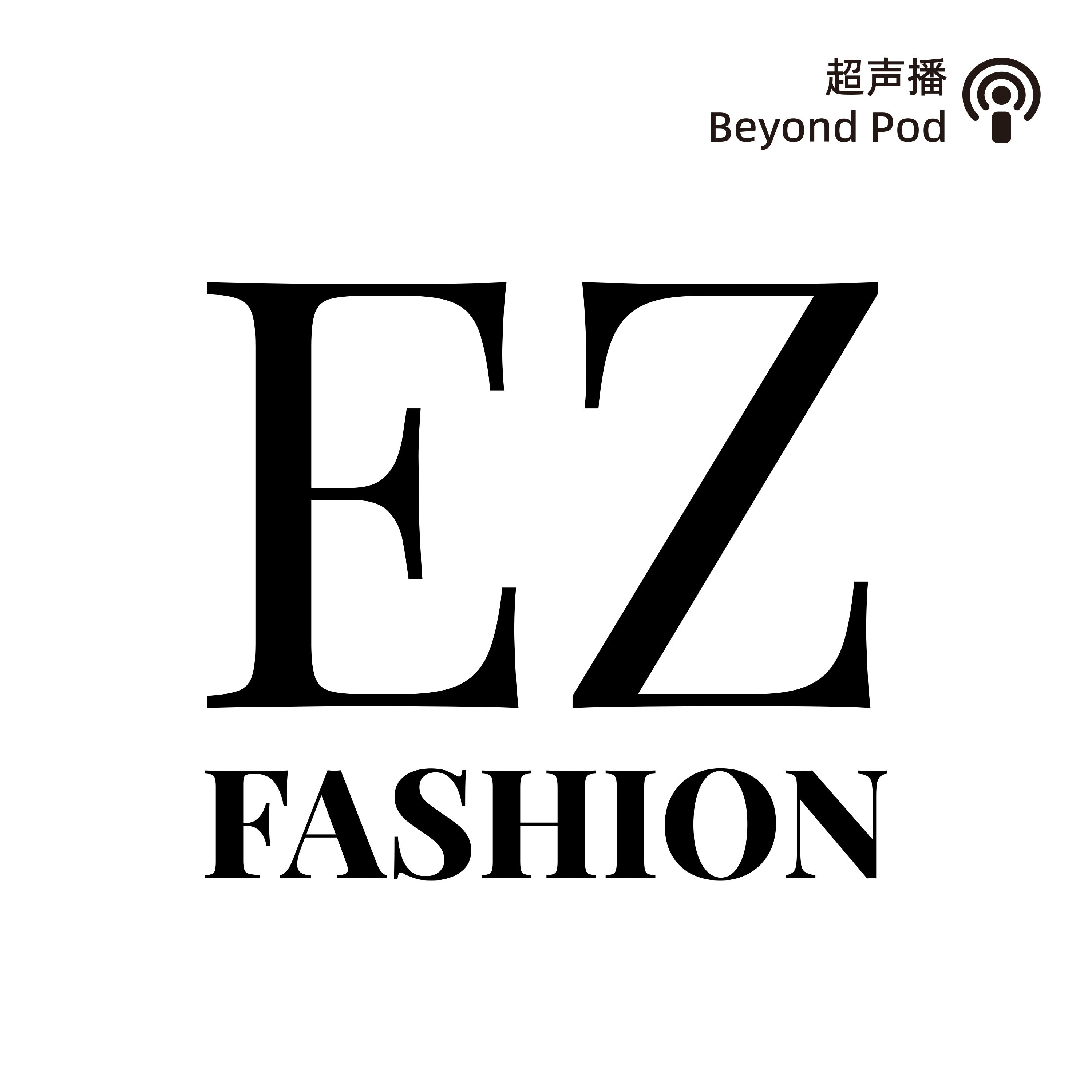
Deep Dive
What are the main types of fashion bloggers and how have they evolved over time?
Fashion bloggers initially emerged during the blog era, focusing on two main areas: personal styling and fashion photography (e.g., Chiara Ferragni), and fashion commentary, including runway and red carpet critiques. With the rise of platforms like Weibo, short and fast-paced fashion news became popular. Later, platforms like Xiaohongshu, Douyin, and Bilibili introduced influencers who often adopt a 'buy and unbox' persona. The evolution reflects a shift from content-driven to consumer-driven strategies.
How has the role of fashion bloggers in brand marketing changed over the years?
Initially, fashion bloggers acted like traditional media, publishing articles and attending events. Over time, they gained celebrity-like status, attending shows and receiving street style coverage. Advanced roles include hosting, guest editing, and even launching their own fashion brands. Bloggers now play a crucial role in brand endorsements, collaborations, and product recommendations, significantly influencing consumer behavior.
What challenges do new fashion bloggers face in the current social media landscape?
New fashion bloggers face challenges such as the need for constant content creation, financial investment in buying products for unboxing, and navigating the algorithms of platforms like Xiaohongshu and Douyin. The emphasis on consumerism and the pressure to maintain a 'buy and unbox' persona can be financially draining and may compromise the authenticity of their content.
What is the social responsibility of fashion bloggers in promoting sustainable fashion?
Fashion bloggers have a responsibility to promote sustainable fashion by educating their audience on the environmental and ethical impacts of their consumption. Instead of encouraging constant buying, they should advocate for mindful consumption, highlighting the importance of quality over quantity and the long-term value of sustainable fashion choices.
How do different social media platforms influence the strategies of fashion bloggers?
Different platforms require distinct strategies: Weibo favors fast, image-based content with a focus on speed and entertainment. Xiaohongshu emphasizes detailed, content-rich posts, often with a focus on product recommendations. Douyin and Bilibili cater to short, engaging videos, with Douyin favoring quick, consumer-driven content and Bilibili supporting longer, more in-depth videos. Bloggers must adapt their content to fit the unique algorithms and audience preferences of each platform.
- Fashion KOLs originated in the blog era as "fashion bloggers."
- Early fashion bloggers focused on styling/outfits and fashion commentary.
- The rise of social media platforms led to a shift towards short, fast-paced content and a focus on "buy-buy-buy" personas.
- Different paths exist to becoming a fashion KOL, including content creation, leveraging existing networks, and using financial resources for brand exposure.
Shownotes Transcript
 前段时间给自己放了个暑假,本周复更!
前段时间给自己放了个暑假,本周复更!
请来了我跟Eve的多年好友杰瑞米,来聊聊他从时装编辑转型成为时尚KOL后的故事。
也谈谈,时代发展下,时尚博主这些年,从博客时代,到微博平台,再到短视频平台的发展变化。
(本来这期打算叫从0开始教你做时尚kol的,但似乎当下只需要多买多开箱,就能在各大平台获得流量了。)
现在做时尚博主,只需要买买买就可以了吗?
- 时尚博主的定义与概念
时尚博主最早叫fashion blogger, 听这个英文名字就能知道是博客时代的产物。
造型/穿搭,时尚街拍 比如:Chiara Ferragn,做的眼睛的鞋。
时尚评论人,做秀评和红毯点评
进入微博时代,短平快的资讯报道加入进来。总结每一季品牌的趋势,发秀图,解析明星私服。
小红书,抖音,B站上的时尚KOL都是买买买人设吗?
Jeremy的个人经历:成为时尚博主的契机与初期挑战
3. 时尚博主与时尚产业的关系
- 博主如何影响品牌营销与消费者行为
- 时尚博主在品牌推广中的角色:代言、合作、产品推荐
早期:像时尚媒体那样发稿,参加活动发稿
发展:成为明星,待遇,看秀,街拍
进阶:做主持人,客座主编,出联名款。甚至做自己的时尚品牌
- 嘉宾的经验分享:与品牌合作的关键要素与成功案例
社交媒体平台与时尚博主的未来
- 不同平台上的博主策略差异
- 抖音有时尚吗?
- 算法、流量与内容制作:如何增加粉丝粘性(这个词好老土)
时尚博主的社会责任与影响力
- 可持续时尚与博主的角色:不要宣扬消费主义
- 不应该让喜欢(点赞)变廉价
【主播】
Eve,时尚行业数字化营销专家,媒介经济博士,人口学博士在读
Zoe,资深数字营销专家,前时尚公关,文化人类学与社会行为学硕士 media in museum 方向
【嘉宾】
前时尚编辑 现非知名时尚博主杰瑞米
【Timeline】
00:49 如何成为一个时尚博主 只有买买买了吗?
12:15 微博 抖音 小红书 B站,时尚赛道如何做起来?
22:12 是职场博主的“行业揭秘”,还是为了流量放弃专业度?
30:27 时尚博主在品牌推广中的角色
35:20 了解平台流量逻辑与品牌投放策略
42:14 抖音有时尚吗?
46:25 认识平台和品牌甲方 对做博主有帮助吗?
55:39 KOL的社会责任是什么? 至少不是宣扬消费主义
【BGM】
Box Full of Toys - Biddy Sullivan
57th Street - Wendy Marcini
【Staff】
视觉设计:叁季
制作监制:hec